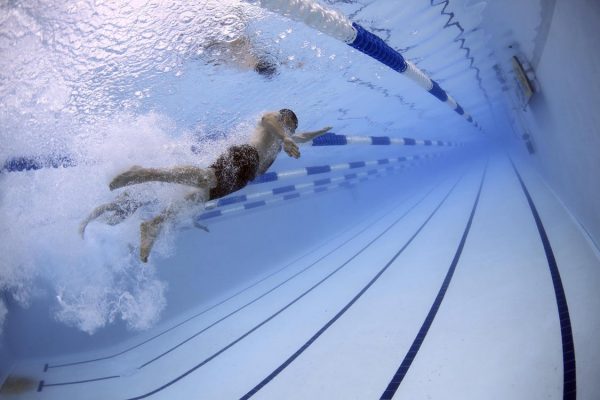Exercise is great. It lessens the likelihood of obesity, can reduce the chance of you getting other health conditions (along with helping certain pre-existing ones), and can be a wonder for your social life. However, just as with most things in life, there are risks. Some forms of exercise, notably those with high impact on the joints such as running, can have a detrimental effect. All this taken into consideration, there are ways to keep your joints safe when exercising, and solutions on how to cope when the damage is already done.
Warm Up
Warming up is integral to getting a good work out, whether you’re looking out for your joints particularly or not. Not only does it help increase blood flow to your muscles, it also loosens up and can protect your joints. By the synovial fluid, which is present within many of your body’s joints, becoming thinner and therefore more absorbable by the articular cartilage during the warm up, you get a form of shock absorber for your body. Without warming up, the impact will be harsher on your joints.
Wear the Correct Equipment
Certain equipment can help reduce joint damage when exercising. Spending a little extra on a pair of workout trainers can control the impact that is placed onto your joints – by getting shoes that absorb some of the impact, less stress is put onto your joints. Although there is little evidence proving the positives of wearing braces during exercise, if your joints are already damaged then it can give you extra support when working out.
Know Your Body
The old adage may well be ‘no pain, no gain’, but this is definitely not the case when it comes to your joints. Know the difference between the various types of pain – if you’re getting a sharp pain in your knee then it’s time to stop, warm down, and stop. Continuing to push your joints beyond their limit is detrimental to your wellbeing. Try to take note of which forms of exercises cause this and try something less strenuous and high impact. There are many different sports and exercises out there that can be beneficial to your joints, such as swimming – your joints don’t have to stop you from doing any exercise.
What if it Already Hurts?
If your joints are under strain when exercising already, make sure you get yourself an appointment with your GP. It could be a result of wear and tear (potentially osteoarthritis), along with other forms of arthritis such as rheumatoid, or cartilage damage – getting it checked out is vital. If damage has been done, there are solutions. Along with physiotherapy there are other ways to help, such as knee arthroscopy treatment. This is effectively keyhole surgery to see what the issue may be, and they can even fix a torn cartilage. Although you might not get back to exercising right away, you’ll be on the right track – just make sure to always check with a specialist before making any changes to your exercise routine.





